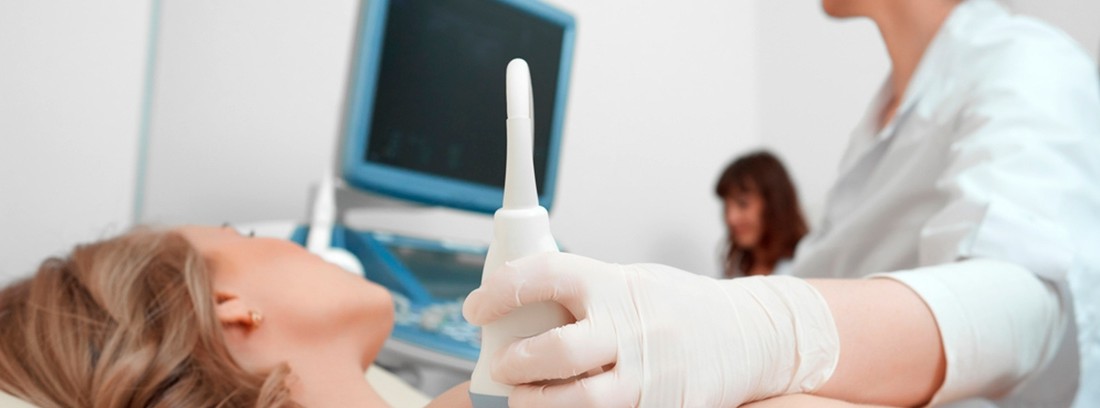Breast pathology diagnosis methods
 | The tests used for the diagnosis of breast pathology are: mammography, breast ultrasound, MRI, puncture and biopsy.
| The tests used for the diagnosis of breast pathology are: mammography, breast ultrasound, MRI, puncture and biopsy.
Breast cancer is the more common in women between the ages of 35 and 45, with more than 16,000 cases per year in Spain and is the leading cause of cancer mortality in the female group.
Breast cancer figures
Despite increasing incidence, mortality has decreased due to the success of the screening programs, being 18.8 cases / 100,000 inhabitants in 2007. One in ten women will suffer from breast cancer in her lifetime. 1% of breast cancers occur in males. The age-standardized median survival in Europe is 93% at one year and 73% at five years.
Diagnosis
Tests used in the diagnosis of breast cancer are mammography, breast ultrasound, MRI, fine needle aspiration (FNA), and core needle biopsy.
The mammography it is a non-invasive radiological technique that uses a low-dose X-ray system. The protocols vary considerably from one center to another, but currently the first mammogram is usually done between the ages of 35 and 40 and thereafter periodically every 1-2 years, in women without a history of breast cancer.
Two projections are systematically made, the craniocaudal, from top to bottom, and the lateral or oblique from outside to inside. Breast compression is important to get good images, so patients with more premenstrual breast sensitivity are recommended to perform the examination one week after the end of menstruation. Whenever you have a previous examination at home, you must provide it in order to be able to compare it with the current one. The current risks of mammography are very low as the radiation used is minimal and its benefits far outweigh them.
The breast ultrasound It is an imaging technique that uses complementary ultrasounds to mammography and is never a substitute for it. It is indicated in cases of palpable masses, either in cases where mammography indicates the presence of benign or malignant nodules, or when a nodule is to be punctured for study. It is very important to emphasize that it is not useful for breast cancer and, on the other hand, in the presence of a nodule with benign characteristics, it allows distinguishing whether it is a solid or liquid tumor (cyst) better than mammography. Ultrasound also allows the placement of needles or harpoons that mark the area to be removed before surgery to guide the surgeon.
The magnetic resonance is beginning to be used in the study of the breast and continues to be a complementary technique used in patients diagnosed with breast cancer to study its extension, in patients undergoing chemotherapy to assess their response and in patients with breast cancer prostheses. mother. If you need to get an MRI and you don't want to wait, you may be interested in one of the closest centers where you can MAPFRE.
SIGN UP FREE
The fine needle puncture It consists of the puncture, with ultrasound control, of a nodule or an area of the breast with a fine needle and the aspiration of tissue or cells to study it. It is also useful for emptying cysts and guiding the needle.
Core needle puncture is performed to obtain breast tissue and its histological study. It can be performed under ultrasound control in visible lesions by ultrasound or palpable lesions. In lesions visible only by mammography, stereotactic biopsies are performed, guided by mammography on a special table for this purpose. In both cases, local anesthesia is used to reduce the discomfort they produce.
(Updated at Apr 13 / 2024)